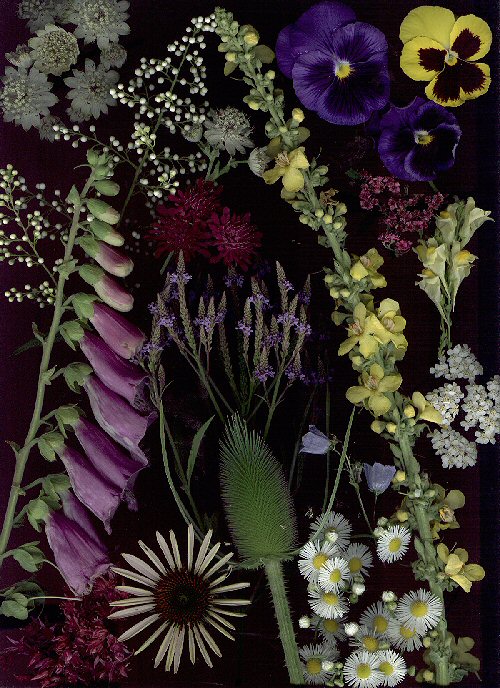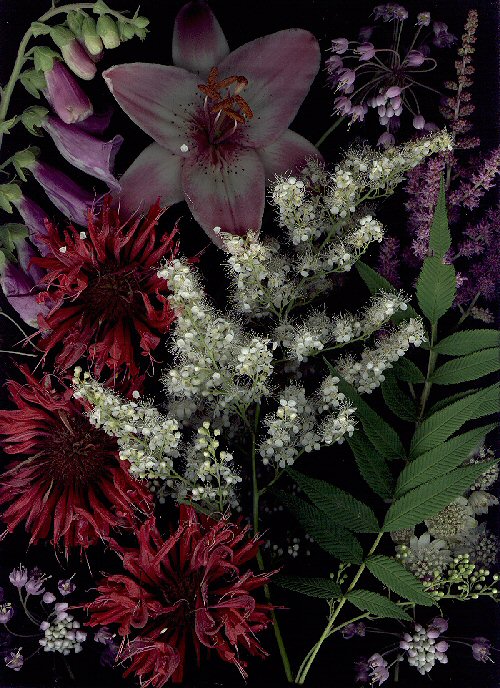 Cleaning up some old email today, I ran across a teaser news release from the Garden Writers Association Foundation (GWAF) announcing the release of their 2007 Summer Gardening Trends Research Report. I see these from time to time and find some of their questions of the ‘duh’ variety or just not of interest. But this one caught my eye:
Cleaning up some old email today, I ran across a teaser news release from the Garden Writers Association Foundation (GWAF) announcing the release of their 2007 Summer Gardening Trends Research Report. I see these from time to time and find some of their questions of the ‘duh’ variety or just not of interest. But this one caught my eye:
In early spring, the GWAF asked consumers where they planned to buy most of their spring plants. In a surprising response, more households indicated they planned to shop at garden centers and local stores (47%) as compared to DIY and mass merchants (44%). This change in planned shopping patterns represented a significant shift from prior years.
In a June survey, The GWAF asked consumers where they actually purchased most of their spring plants. Consumers confirmed that garden centers or local gardening stores got most (43%) of their business while mass merchants and DIY stores came in second (39%).
Maybe gardeners are starting to understand that everyday low prices aren’t necessarily a bargain. The survey also reminded me of this infographic from The Onion:


 One of usability guru Jakob Nielsen’s
One of usability guru Jakob Nielsen’s 



